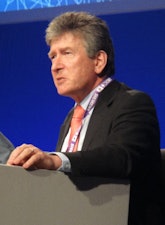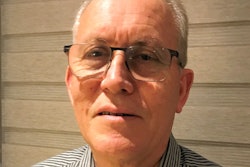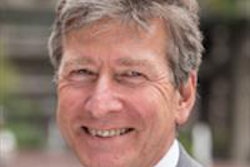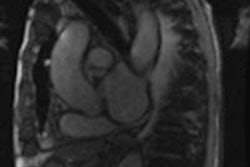
More careful consideration of workload, work type, and working hours is essential to maximize the expertise of older radiologists and bring huge benefits for the individual practitioner, radiology departments, and patients, according to a new document published by the U.K. Royal College of Radiologists (RCR).
Employers must be more open-minded about ways in which older radiologists can be optimized to address shortfalls in radiology manpower, both within the trained workforce and in the deficit in trainee numbers compared with rising workload demands. Also, there can be financial gains for employers in retaining radiologists returning to work part time, particularly for those not placed at the top of the salary scale and not paying superannuation, the authors noted.
In the U.K., around 35% of radiologists are older than 50, and 7% are older than 60. Changes to pension regulations have prompted many radiologists who are approaching 60 to consider retirement.
"The demographics of the U.K. radiology workforce are changing rapidly, which is coupled with a dramatic increase in workloads," they wrote. "Radiologists over the age of 50 often have more clinical and reporting experience than their younger counterparts and could be better used to address shortfalls within staffing teams."
Data from 2014 show that over the past 10 years in the National Health Service (NHS) in England, the average year-on-year increase for MRI was 12.3%, CT was 10.1%, ultrasound was 5.3%, and plain x-ray was 1.4%. Overall, the number of imaging exams rose by 42% from 28.8 million in 2003-2004 to 40.9 million in 2013-2014.
The document explores the current demographic and the projected future of an aging radiology workforce. Radiologists older than 50 constitute an essential component of 21st century workforce planning, and this group often has more clinical and diverse reporting experience and can be more comfortable with risk management than their less-experienced counterparts.
Impact of age on performance
There is no evidence that older radiologists are less competent than their younger peers, according to the authors. With age comes experience, making it logical to assert that with decades of reporting experience, pattern recognition would be finely honed. However, investigations that involve hand-eye coordination, manual dexterity, and prolonged procedural time, may be more challenging with age, and therefore consideration should be given to tailoring job plans of all radiologists, they continued. Furthermore, some retired radiologists may wish to work from home if facilities permit.
Reporting discrepancies, errors, and procedural incidents occur in all types of radiological practice and at all ages, and even if a senior radiologist has retired but returns to work part time, there is still a duty to continue lifelong professional learning and participate in peer feedback, the authors pointed out.
"More experienced radiologists are an underused resource for induction, training, policy development, mentorship, and leadership," they emphasized. "These activities must substitute other roles and not be in addition to them."
The older radiologist also has a pivotal role in education and training, and this is particularly valuable given the acute shortage of trained radiologists within the U.K. and the deficit in training numbers when considered in relation to the rapidly increasing demands for service provision, they added.
Research indicates that on-call work becomes more cumulatively onerous, with longer recovery times, as doctors get older. As access to out-of-hours imaging studies, demand, and the volume of work continue to rise, the stress of nonelective activities takes its toll and is one of the cited reasons for early retirement, noted the authors. Another issue is the role of "the duty radiologist." Both these factors are complex in nature and in their solution; however, by novel and imaginative management, the considerable experience, motivation, and professional satisfaction of a senior and expert workforce are retained.
Against this background, burnout is a real concern.
 People retiring at 55 is disastrous, said Dr. Giles Maskell.
People retiring at 55 is disastrous, said Dr. Giles Maskell."We need to look after the radiologists we've got and make their working lives less stressful and less subject to burnout and all the other adverse health risks," said RCR President Dr. Giles Maskell during the outsourcing debate at the 2015 U.K. Radiological Congress (UKRC). "We see people retiring at 55 or 58, and that's disastrous. We need to keep that resource."
He believes outsourcing and teleradiology should be part of a short-term solution for the U.K., along with recruiting more radiologists from overseas, but the long-term answer is to train more radiologists.
The nine-page document about the older radiologist, BFCR[15]11, is part of the RCR's new series called "Sustainable future for diagnostic radiology." Other topics covered in the series are flexible home working, establishing network solutions for radiology services, less than full-time working, and working for alternative and/or multiple providers.
For more details about BFCR[15]11 and to download a free copy, click here.



















